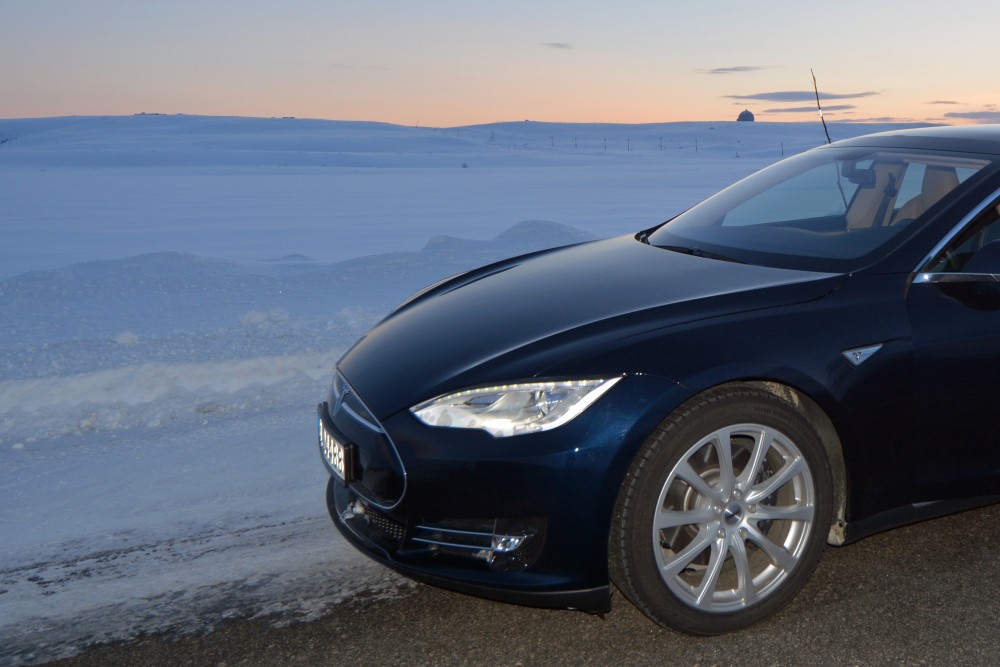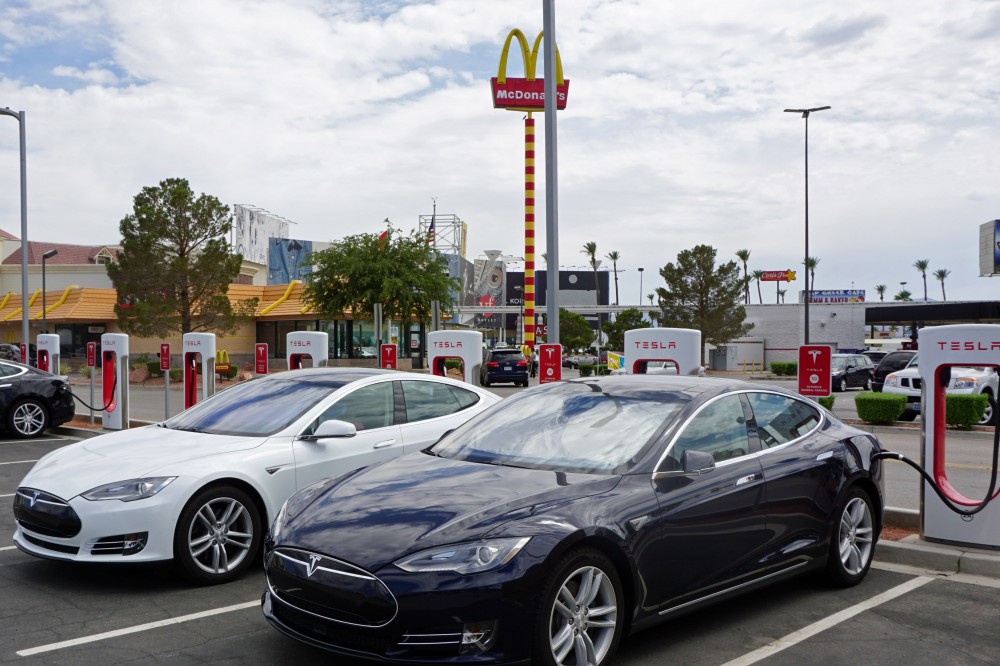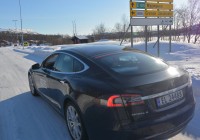
When it comes to electric cars, Finland lags behind Nordic neighbours
ADVERTISEMENT
Residents of Finland drive far fewer electric cars than their Nordic neighbours.
The Finnish state wants to increase the number of electric cars in the country by over two hundred thousand to help reach emission targets, but the best way to go about getting Finns to buy them is proving elusive.
Matti Virtanen from the southern city of Sipoo bought his Tesla S 60D in April, and in the process became Finland’s official owner of the 1,000th electric car sold in Finland.
“I think climate change is real and we have to take concrete steps to stop it. I’m no saint, I also own and boat and fly in planes. But we’ve got to start somewhere,” Virtanen told Yle.
In many ways, Finland is still at the starting line. Norway and Sweden are world leaders in electric car purchases, leaving Finland years behind. The Norwegians encourage residents to buy electric cars by making them VAT-free, while Sweden pays out large subsidies for the same purpose.
A look at the numbers shows that Norway has over 100,000 electric cars, while Sweden has over 10,000. Finland’s 1,039-number even comes in below Estonia, where there are already about 1,200 electric cars and vans on the road.
High prices, few charging stations
The hefty sticker prices of electric car models in Finland are likely why most prospective buyers turn to cheaper petrol alternatives. Finland charges lower taxes from motorists that purchase an electric vehicle, due to the lower emissions, but there is a lack of pioneering programs to promote them. This is because Finland’s current government’s focus is on biofuels.
ADVERTISEMENT
Another reason sales are comparatively low is a dearth of charging stations. Matti Virtanen says that most of the stations he comes across are in use when he arrives, a situation that will only get worse as the number of electric cars on the road increases.
Finland has 800 charging stations, compared with Norway’s 9,000 and Sweden’s 3,300.

Goal: A quarter of a million in 13 years
Finland has posted a goal: to have 250,000 electric vehicles on the road by the year 2030. A working group has been created to come up with ideas about how to make this happen.
“It will be some time before we can get the operations in order, so we should make those decisions already this year”, says Saara Jääskeläinen, a senior development advisor at the Ministry of Transport.
The one-thousandth electric car that was sold in Finland just happened to be sold to the grandson of the Finnish winner of the 1945 Nobel Prize in Chemistry, Artturi Ilmari Virtanen, the inventor of AIV silage, a fodder preservation method. Matti Virtanen says the blood of a concerned but inspired scientist flows in his veins, too.
“I look forward to more of them on the streets, but I worry about the ability of Finland’s society and energy companies to keep up,” he says.

The wave of the future
A distribution network report published six months ago by the Transport Ministry pointed out that the battery of an electric care has an efficiency rate of between 50 and 70 percent, compared to a combustion engine efficiency rate of under 25 percent. In other words, the efficiency of an electrically-powered car is up to three times that of a petrol engine.
This is why the emphasis on biofuels is considered to be an interim phase for the 2020s, before Finland transitions to electric vehicles in the 2030s.
Matti Virtanen says that his standard trip into the capital city to run errands, with a stop in picturesque Porvoo on the way back home, used to cost him 30 euros or so in petrol expenses. Now with his Tesla, he pays a 7-euro electric fee for the same trip.
This story is posted on Independent Barents Observer as part of Eye on the Arctic, a collaborative partnership between public and private circumpolar media organizations.
ADVERTISEMENT
The Barents Observer Newsletter
After confirming you're a real person, you can write your email below and we include you to the subscription list.





